#Chuletas de Cerdo al Key Lime
Text
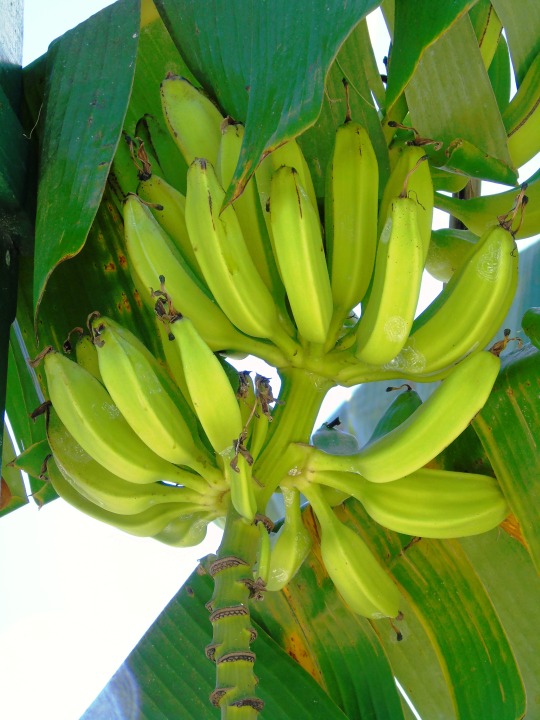






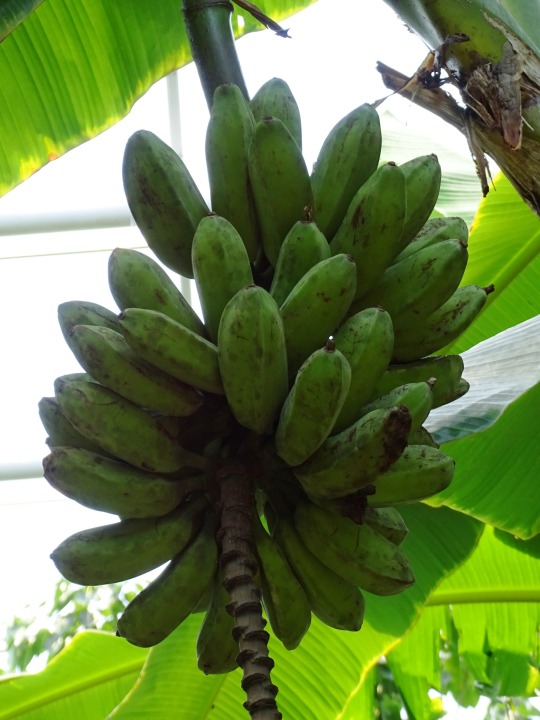


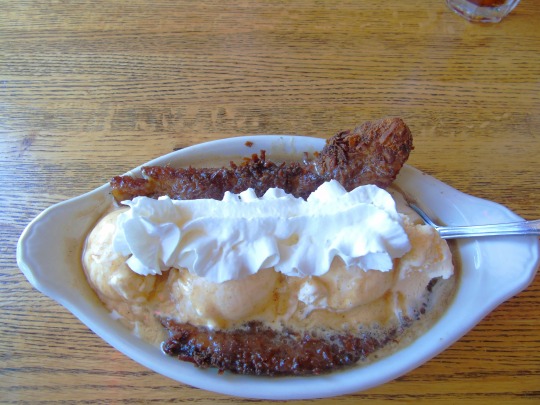



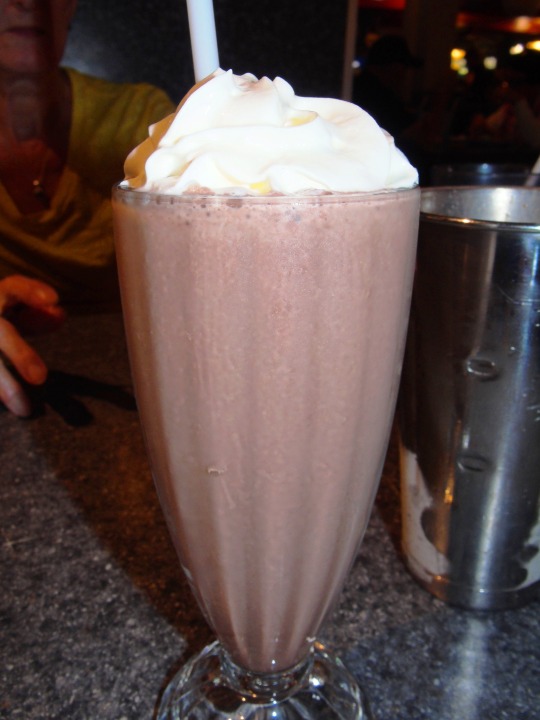
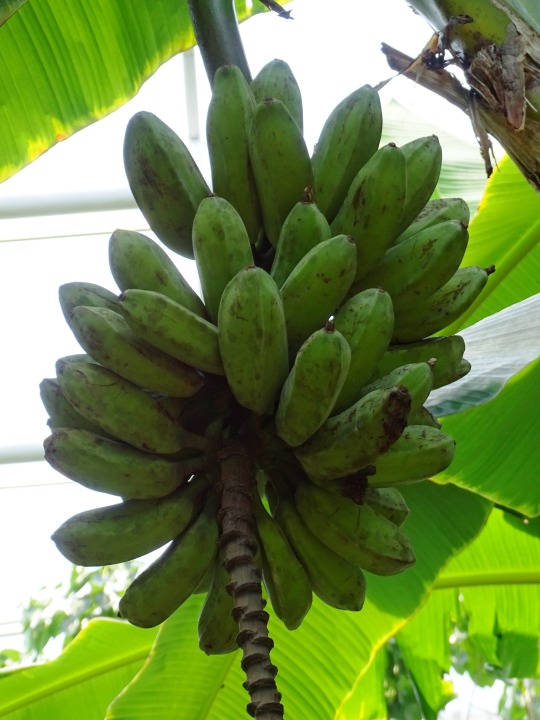







National Banana Day
Orange you glad I didn’t say banana? Enjoy some banana based treat like banana bread, a banana split, or even banana punch, and tell some terrible jokes.
National Banana Day is a bit like a heady mix of April Fool’s Day and Halloween (of course, without the trick or treating and vandalism) and with a helpful portion of healthy eating thrown in for good measure!
So, get ready to Go Bananas on National Banana Day!
History of National Banana Day
National Banana Day is a yearly event that is aimed at celebrating bananas in every conceivable sense of the word–because the banana is certainly a fruit worth celebrating!
While bananas are believed to have originated in Southeast Asia, mainly in India. They made their way west by Arab conquerors in 327 BC, and eventually bananas ended up in Europe. By the 1870s, bananas made their way to the Caribbean with missionaries, where the bananas were originally used for micro crops (which means growing one crop that helps another crop to grow). Eventually, though, bananas became a lucrative crop in their own right.
The popularity of bananas in the West grew throughout the late 1800s and early 1900s. As they became more affordable and less exotic, bananas were added to special dishes like the banana split, or used in baking recipes like banana bread.
Regarding the origins of National Banana Day, it is known that every year students at many prestigious American universities use National Banana Day as a way of celebrating this humble fruit as a lunchbox standard. On this day, they eat and share weird and wonderful banana concoctions (banana punch, anyone?), they dress as bananas and they generally go a bit…well…nuts.
And bananas too, of course.
National Banana Day is the perfect day to find solace in this world-renowned fruit that is useful and beneficial on so many levels. Happy National Banana Day!
National Banana Day Timeline
327 BC
Bananas are brought from East to West
Arab conquerors bring this yellow fruit when Alexander the Great sends his armies to descend upon India.
1516
Bananas make a debut in the Caribbean
Brought by a Portuguese monk missionary, Friar Thomas de Berlanga, bananas reach the New World.
1834
Mass production of bananas begins
Banana trees are planted and production begins on a larger scale, especially in the Caribbean.
1907
First Banana Split is made
At his restaurant in Wilmington, Ohio, Ernest R. Hazard creates this new ice cream treat, the Banana Split which he hopes will attract college students to his shop.
1930s
Banana Bread is invented
The first Banana Bread recipe is popularized when baking soda comes on the market in the United States.
How to Celebrate National Banana Day
Celebrating National Banana Day seems like a great time to get creative and enjoy a big load of fun! After all, there aren’t many days in the year when it is allowed to legitimately goof off and also have a little fruit-based fun, so why not take a (banana) leaf out of the students’ book and go a little bit bananas today?
Consider these ideas for celebrating National Banana Day:
Make a Banana Treat
Get creative in the kitchen and enjoy what monkeys have known all along–the banana is a fabulous food! Try these delicious treats to eat alone or share with friends:
Banana Split. A classic American tradition, the banana split uses the two halves of a sliced banana, some scoops of ice cream (usually one of each vanilla, chocolate and strawberry), and toppings such as hot fudge, whipped cream, nuts and cherries.
Banana Bread. Although the same recipe will bake more quickly when poured into muffin tins, there is something special about a dense loaf of warm banana bread. No matter what shape they are in, this is a great way to use up bananas that have gotten a bit over-ripe or brown, because over ripe bananas are sweeter.
Bananas Flambe. This French Caribbean treat is made from peeled banana halves fried in oil and then coated with rum and sugar. Serve with a scoop of vanilla ice cream, of course, it makes a delightful and dramatic show of a simple food!
Chocolate Covered Bananas. Channel that inner Arrested Development character (Bluth family, anyone?) by freezing some bananas and dipping them into chocolate–add nuts too!
Host a Banana Party
Throwing a party for National Banana Day is a great way to observe and celebrate this occasion. And certainly it’s not hard to decorate with a banana theme! Just make sure everything is yellow and green, including paper plates, napkins, balloons, tablecloths and streamers.
For an activity that doubles as a snack, provide a chocolate dipping station (aka fondue) or chocolate fountain where guests can dip slices of banana. For extra fun, supply other items for dipping, such as sprinkles, small candies, or mini marshmallows.
Learn Fun Facts About Bananas
In honor of National Banana Day, it might be a fun idea to share some information and facts about bananas with family and friends! Here are some bits of trivia to get started with:
A banana is technically not a fruit, it’s really a berry! This has to do with the fact that the seeds are located inside the flesh rather than on the outside.
Because they contain so much of the isotope Potassium-40, bananas are technically radioactive. The good news is that they can’t harm a person unless they are eating around 700 or more bananas per day for their entire lifetime.
Bananas cannot be grown simply from a seed, which means they are technically “sterile”. Instead, in order to propagate bananas, a piece from another banana plant has to be split and then grown, sort of like cloning.
The growth of popularity of bananas can be partially attributed to Jules Verne, the American author who wrote about the fruit in his book Around the World in 80 Days, which brought them to the forefront of many people’s minds.
Try Some New Recipes for National Banana Day
Other treats that can be served at a banana party, or simply taken to the office to share with coworkers, include banana muffins or banana bread (same recipe, but muffins are faster to bake and a bit easier to serve). Bananas also make a delicious and healthy additive to milkshakes or smoothies, they can be sliced up and put on top of a bowl of cereal in the morning, or they can be mashed up and put into pancakes.
Banana cake, banana ice cream, banana splits or banana pudding are all delicious and delightful recipes that can be enjoyed in honor of National Banana Day. Or try out a classic frozen banana dipped in chocolate as mentioned above.
Another treat made with bananas was also rumored to be a favorite of the pop singer, Elvis Presley, which was the peanut butter and banana sandwich
Listen to a Banana Playlist
There is no better day than National Banana Day to get jamming with a fruit-focused playlist on Spotify or another music hosting website. Play it at the above-mentioned Banana Party or listen alone. Try out a few of these songs or add a few other creative ones:
Day O [The Banana Boat Song] (1956) by Harry Belafonte
Thirty Thousand Pounds of Bananas (1974) by Harry Chapin
Yes, We Have No Bananas (1923) by Louis Prima
Hollaback Girl (2004) Gwen Stefani
Apples and Banana (1985) by Raffi
Banana in Your Fruit Basket (1991) by Bo Carter
Apples, Peaches, Bananas and Pears (1967) by The Monkees
Tell Some Banana Jokes
Get a little silly and have a laugh (or groan) with friends or family using a variety of banana jokes like these:
What kind of key can open a banana? A Mon-key!
Why did the banana go to the doctor? It wasn’t peeling well.
Why are bananas never lonely? Because they come in bunches.
What’s the easiest way to make a banana split? Cut it in half!
What do bananas say when they answer the phone? “Yellow?”
National Banana Day FAQs
Is there a National Banana Day?
Yes! National Banana Day is the day that people all over choose to celebrate everything to do with this delicious and nutritious yellow fruit.
When is National Banana Day?
National Banana Day is celebrated on the third Wednesday of April each year, so the date changes with the calendar.
Are Bananas good for you?
Emphatically yes! Tasty and nutritious, bananas contain fiber, protein, potassium, vitamins, manganese and more.
Do Bananas grow on trees?
Well, sort of. Though they appear to be trees, the plants that bananas grow on are actually classified as herbs that form an underground stem, called a rhizome. But technically, it’s not a tree!
How to keep Bananas fresh?
Keep your bananas in a cool, dry place. To keep them from getting overripe, bananas can be stored in the refrigerator.
Source
#Banana Day#BananaDay#17 April 2024#Zoo Zürich#Masoala Rainforest#2018#New Orleans#2009#original photography#nature#flora#food#fruit#ice cream#Strawberry Banana Rendezvous#Banana Split#Banana Annie#restaurant#St. Augustine#2016#travel#vacation#Chocolate Banana Shake#plantains#Chuletas de Cerdo al Key Lime#Banana Cream Pie#Banana Hazelnut Donut#National Banana Day#NationalBananaDay#USA
0 notes
Photo

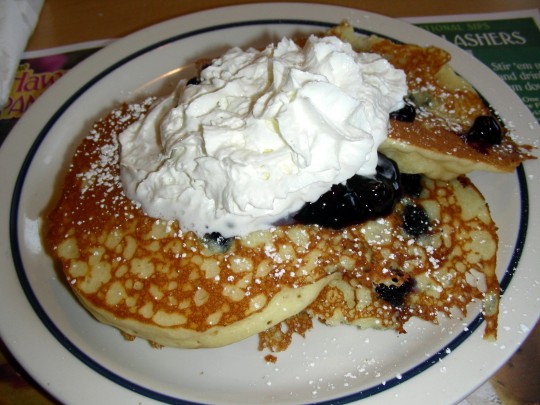

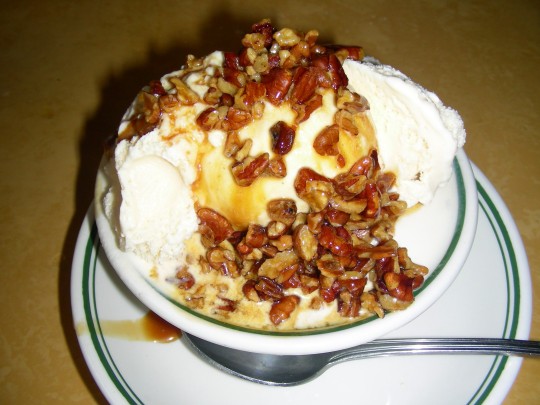
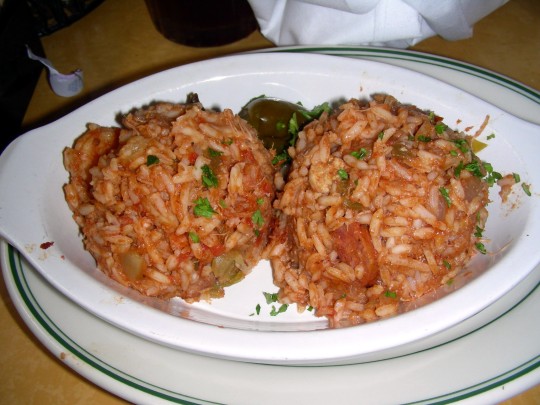

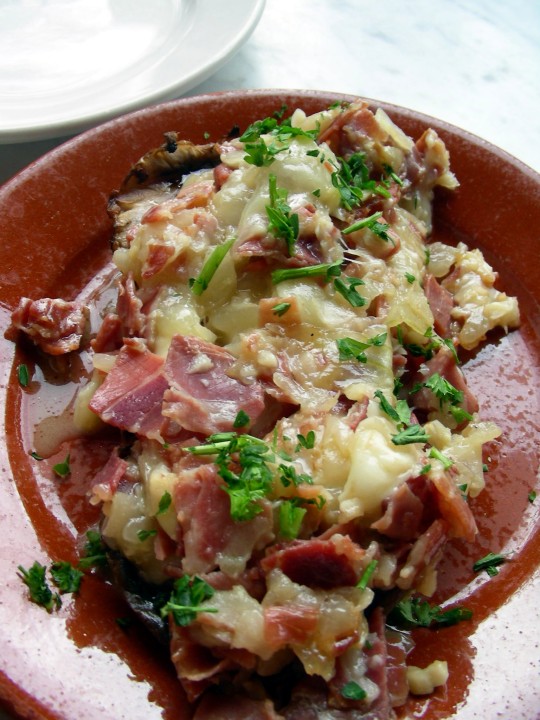
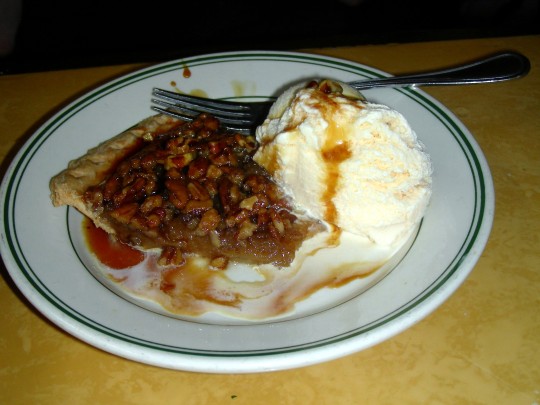


Excellent Food and Drinks on My Vacations (No. 20)
I travelled a lot; and still do. I love to eat and have a nice drink. Here are some of the best foods, drinks and wines I had to pleasure to enjoy. It starts with this year and goes back in time. I hope you like the pics as much as I loved this food.
Please contact me, if you want some further information about the food and/or restaurants.
#Chuletas de Cerdo al Key Lime#2010#Miami#Montréal#USA#Canada#bakery#street food#restaurant#original photography#travel#vacation#Praline Sundae#dessert#New Orleans#Jambalaya#Pecan Pie a la Mode#Blueberry Pancakes#Butterscotch-Pecan Pancakes#Champños Serranos#Miami Beach#Verduras del labrador#summer 2009
0 notes
Photo
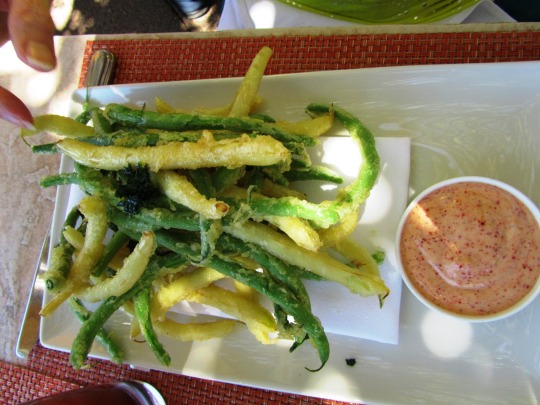

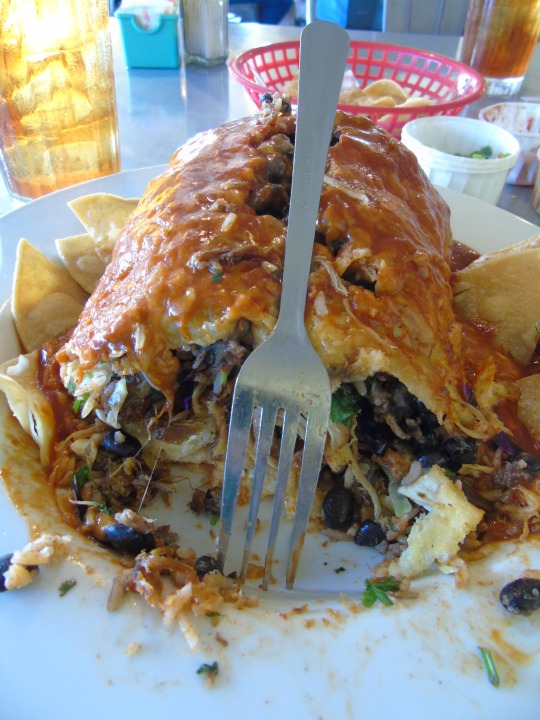
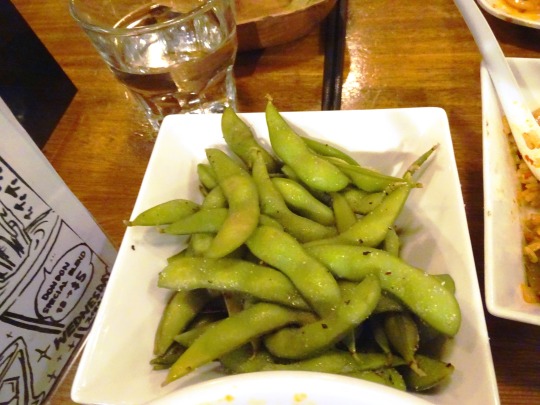
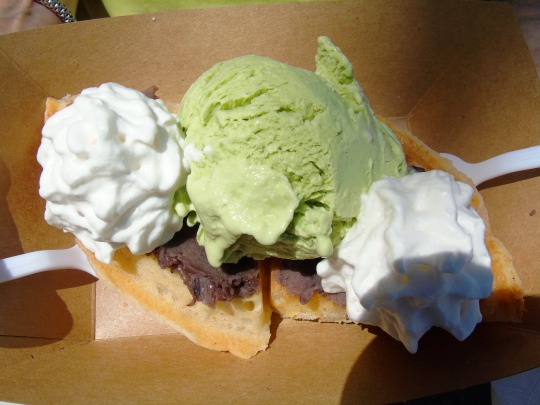
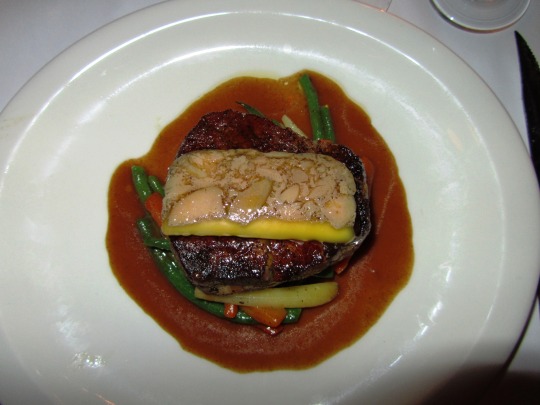
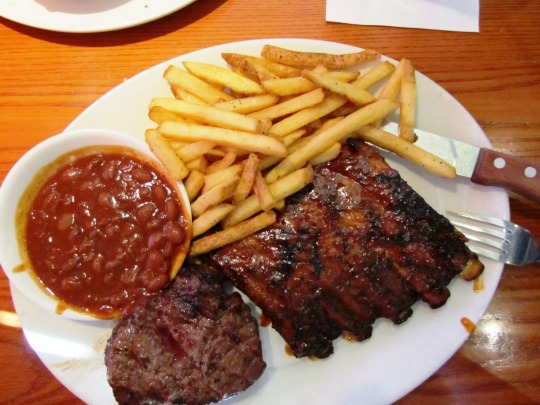

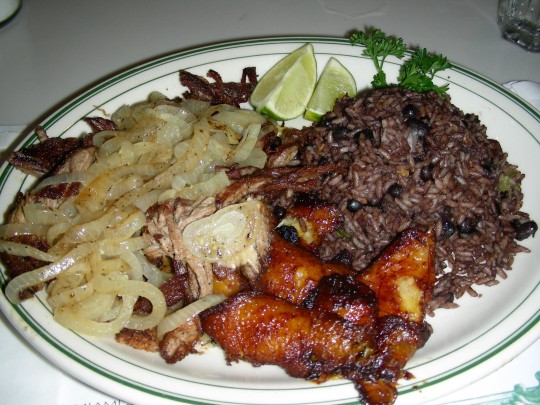
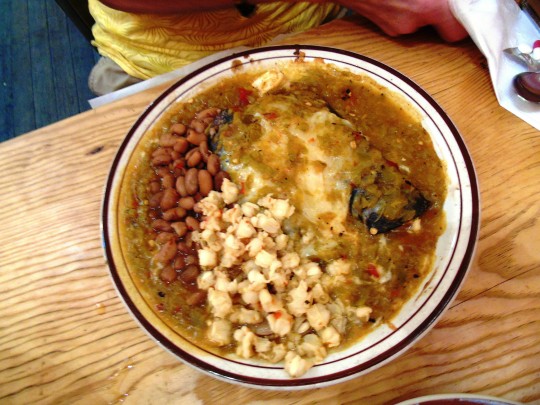
National Eat Beans Day
National Eat Beans Day (or National Eat Your Beans Day) occurs on July 3 each year, and we guarantee it will be a holiday that will give you a whole new appreciation for legumes as a food group. And if not, perhaps our fun facts and riddles will have you full of beans. Try this one on for size — ‘I am a bean, very lean. I am not fat, I’m sure of that. Like all beans, I’m small and round — but unlike others, I don’t grow in the ground’. Giving away the answer would be too easy, but we’ll give you a hint — this may be a kid’s favorite kind of bean. It may also surprise you to know that beans are not strictly classified as ‘veggies’ either since legumes by definition are any seeds or fruits that grow within pods or the edible pods themselves, which grow on leguminous plants (i.e. those belonging to the pea family). This opens up a whole world of beans to us, which should be exciting, especially for those who grew up being forced to eat beans as a vegetable.
History of National Eat Beans Day
Though the exact date and reason for National Eat Beans Day being made a holiday are not known, we do know that the history of the bean itself predates even the invention of the pots used to cook beans. Bean cultivation dates back as early as 7,000 years ago, making it a staple that has stood the test of time, and we’re not surprised. With amazing health benefits, legumes are plant-based, protein-packed powerhouses of nutrition. So this also means that they’re for everyone, no matter the diet or lifestyle choice. It’s very rare to find a person allergic to beans too, though some legumes can trigger allergic reactions, such as peanuts.
Beans are originally from wild vines which grow in Central and South America. This is known as the common bean, and since then, thousands of bean varieties exist today and are cultivated all over the world. They are one of the most versatile crops and can be grown almost anywhere. 5,000 years ago the lima bean and other varieties were a popular favorite among the Incas and Aztecs, and the popularity of beans is so much so that they are worth a mention in Homer’s “Iliad,” where he uses beans as a metaphor. Ancient Egyptians seem to have also been partial to beans and lentils, as paintings and physical evidence shows that bodies were buried with beans, to nourish them on their journey to the afterlife. By the 1500s, with the advent of trade via ships, beans began to reach all the corners of the globe and more varieties began to be cultivated. Though often viewed as a poor man’s food, beans have been an important source of nourishment for people in dire circumstances; such as the soldiers who fought in the First and Second World Wars, or the Europeans who were dying out due to the spread of the plague in Europe, during the Middle Ages. Who would have thought beans could be such lifesavers.
National Eat Beans Day timeline
700 B.C. The French Revamp Vegetable Soup
The French begin to add chickpeas to their vegetable soup, making it a heartier meal in every way.
800 A.D. Chickpea Cultivation Helps Save Lives
Emperor Charlemagne orders the cultivation of chickpeas to save people from the ravage of war, and it works.
1700s Beans Spread Across the World
With the increase in trade, beans begin to be traded all over the world.
1920s Beans Help Ward Off the Great Depression
Beans become the poor man’s meat during the Great Depression in America, enabling many families to survive.
National Eat Beans Day FAQs
What are the healthiest beans to eat?
The top nine healthiest beans/legumes to eat are — chickpeas, lentils, peas, kidney beans, black beans, soybeans, pinto beans, navy beans, and peanuts.
Is it bad to eat beans at night?
Yes, eating beans at night is not recommended. This is because beans can cause indigestion or gas problems, so it’s better to stick to eating that bowl of chili during the daytime.
Is it okay to eat beans every day?
Yes! Not only are beans low in fat, but they are also great sources of protein and fiber, and they come packed with nutrients like iron, folate, calcium, and potassium. This can help protect against high cholesterol which may lead to heart disease. The recommended portion size of beans/lentils is 25-38 grams a day.
National Eat Beans Day Activities
Eat beans
Grow your own beanstalk
Fix up a care package
Yes, you guessed it. Sometimes simplicity is everything. In this case, we’re keeping it real simple, by telling you to go eat some beans — green, black, red, or yellow — the choice is yours. Boil them, bake them, saute them, mush them, or eat them raw; beans are bound to have your body thanking you for years to come.
Though we cannot guarantee a hen laying golden eggs at the end of it, we can guarantee that there’s nothing better than the feeling of eating your own home-grown produce. And what’s more, the golden glow of health which your beans will bring you is worth far more than any golden egg-laying hen!
One of the things we love about beans is how affordable (we daresay cheap even) they are. So why not take the time to gather some different types of legumes, a hand-written little booklet of recipes, and give them to a family who may need extra beans.
5 Recipes We Bet You Never Thought Used Beans
Beanie brownies
Honey-roasted chickpeas
Navy bean pesto
Bean burger
Alfredo sauce
These ooey-gooey delicious brownies come with a surprising twist — black beans are the star ingredient!
Step aside, caramel popcorn, as this delicious, crunchy snack takes over the coffee table at your next movie night.
Pureed navy beans with any greens can make an amazing and hearty pesto sauce.
All the flavor, all the protein, but not meat. Perfect for everyone, even those hardcore meat lovers.
White beans can make the perfect, silky alfredo sauce, which will cause all to go “mama mia”!
Why We Love National Eat Beans Day
Beans are healthy
Beans have a variety
Beans are cheap
If we have not said this enough times already, we will say it again — beans are so good for you. Not only are they amazing sources of protein and fiber, but they also contain folic acid, iron, potassium, and calcium, all of which are beneficial to prevent all sorts of medical conditions.
Some say that there are as many as 4,000 varieties of beans out there. If that doesn’t inspire you to start exploring and experimenting in the kitchen, we don’t know what will. Trying out different beans can also bring you one step closer to exploring a whole new cuisine or culture, and variety is the spice of life, after all.
We’re glad that beans were overlooked by the rich snobs throughout history so that we all can enjoy the delicious benefits of beans without feeling the pinch in our pockets. For something to be cheap and nutritious almost stretches belief.
Source
#Picanha#Tempura Fried Green Beans#Jaime-Style Wet Burrito#restaurant#street food#Nihonmachi Special#original photography#tourism#Portugal#Edamame#Tournedos Rossini#Chicken Souvlaki#steak#Baby Back Ribs#fries#Chuletas de Cerdo al Key Lime#National Eat Beans Day#3 July#USA#National Eat Your Beans Day#NationalEatYourBeansDay
0 notes
Photo
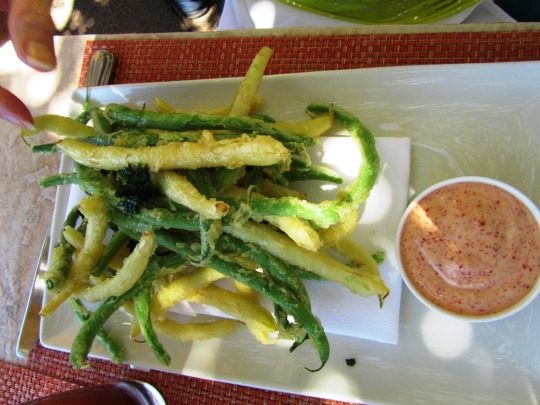
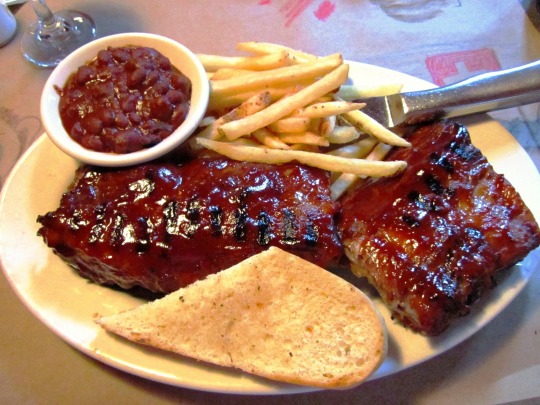

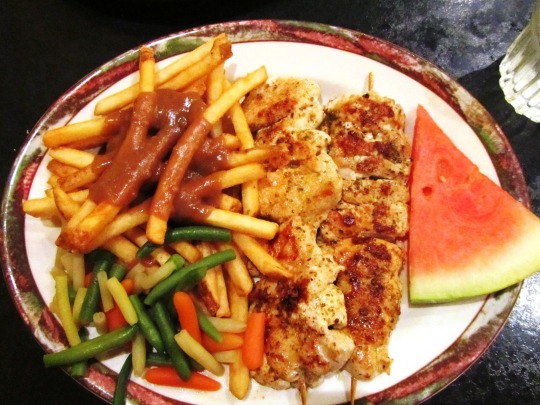

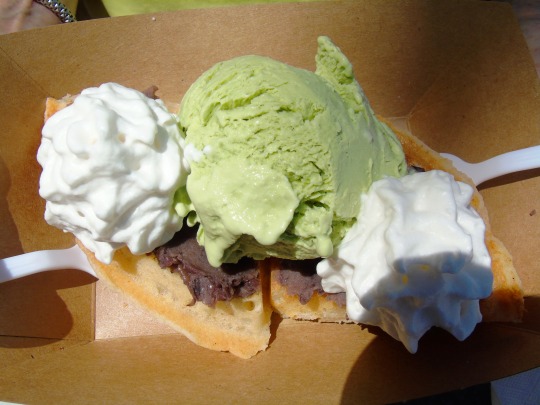
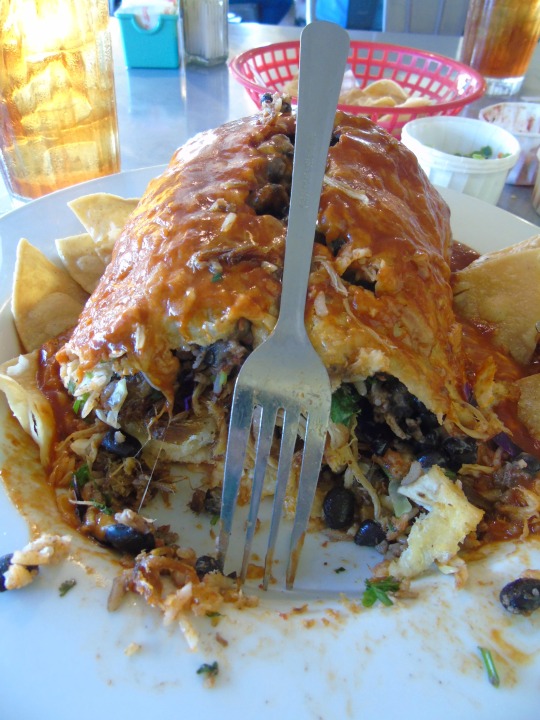

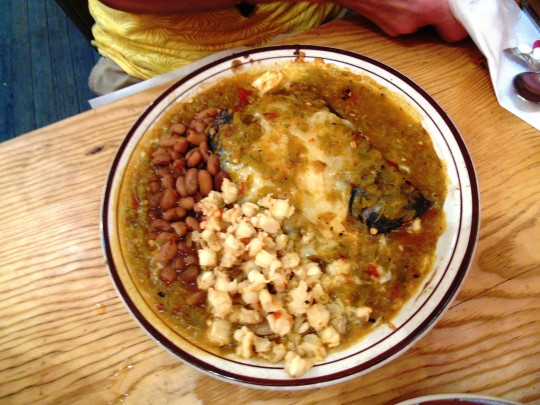

National Eat Your Beans Day
National Eat Your Beans Day is observed every year on July 3. National Eat Your Beans Day marks the importance of eating healthy food and celebrates beans of all shapes, sizes, and colors. Bean is considered as a cheap yet nutrition filled pulse. It also plays a significant role in the diet of vegetarians as they have high protein and low fat. Bean is a type of legume that is cultivated and consumed over an extended period of time. The popular varieties of beans are soybeans, lima beans, pinto beans, green beans, black beans, white beans, kidney beans, chickpeas, pinto, garbanzo, lentils, and black-eyed peas. The Beans contain a high amount of soluble fiber, protein, carbohydrates, folate, vitamin A, calcium, potassium, and iron. Beans are widely grown in North Dakota, Michigan, and Nebraska in the US. Adding beans to the regular diet will help oneself in keeping their heart healthy and lite. USDA recommends all the adults to eat a minimum of three cups of beans every week. There are around 4000 varieties of beans in the world and only a fraction that is used for consumption. This day is remainder for everyone to include more beans in their diet.
“Three of the most beneficial, longevity promoting anti-cancer foods are green vegetables, beans, and onions.” – Joel Fuhrman
History of National Eat Your Beans Day
The founder and the reason for the creation of National Eat Your Beans Day is unknown. The creator must have created this day to encourage people to take more of beans in their daily diet. Beans are one of the plants cultivated for most extended history. In Thailand, there are beans which had occurred naturally and are improved and grown since the early seventh millennium BCE. The genus Phaseolus is a typical kind of bean which is eaten fresh or dried, comes initially from America. Beans are popular from old history and are considered as a rich source of protein.
How to celebrate National Eat Your Beans Day
National Eat Your Beans Day is celebrated by trying out different kinds of beans that are new to you. Bean plants are easy to grow and just takes 60 days to attain harvest period, so give an attempt on growing bean plants. You can also dig into some yummy recipes and make a dish using beans. On this day you can either consume or purchase any beans or bean-based products. Beans are so versatile, there are many innovative ways to add them to your diets. One can even use them in desserts.
Source
#Tempura Fried Green Beans#Baby Back Ribs#Chicken Souvlaki#Edamame#Tournedos Rossini#National Eat Your Beans Day#NationalEatYourBeansDay#3 July#food#restaurant#original photography#USA#Canada#travel#vacation#Nihonmachi Special#Jaime-Style Wet Burrito#Chuletas de Cerdo al Key Lime#Chili Cheese Fries#national day
2 notes
·
View notes
Photo

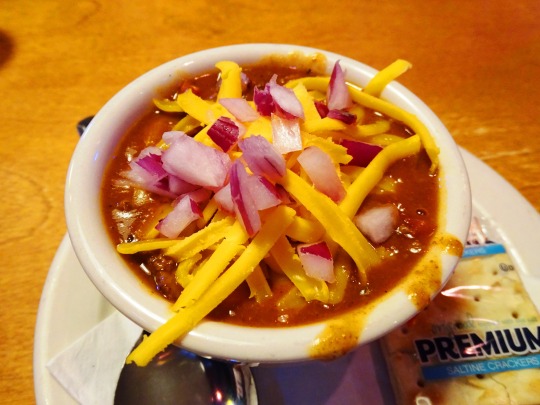

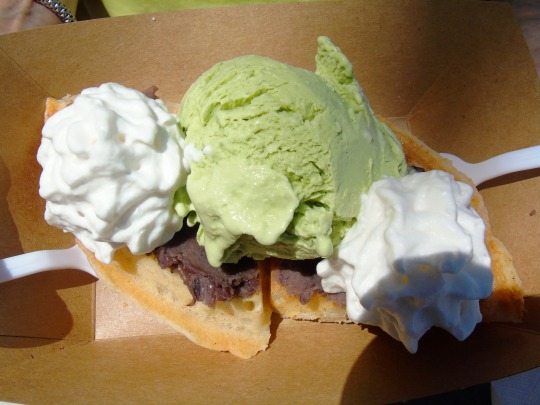
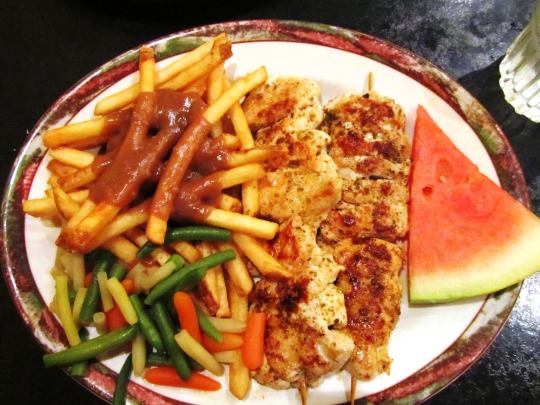
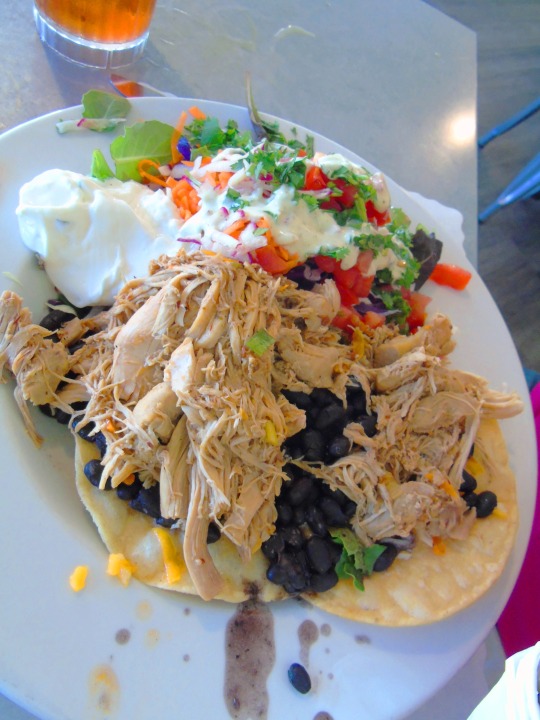
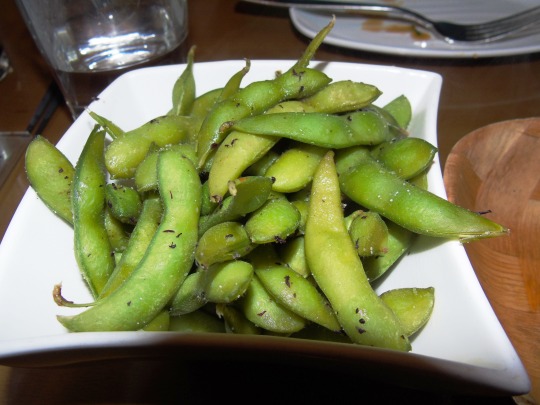
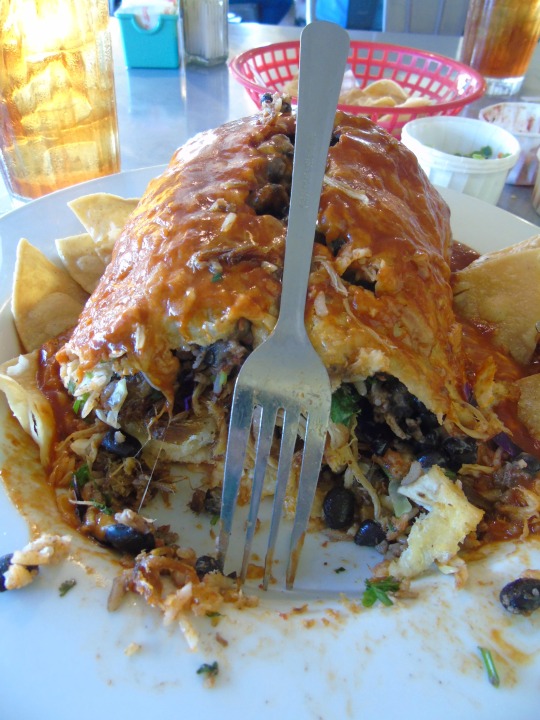
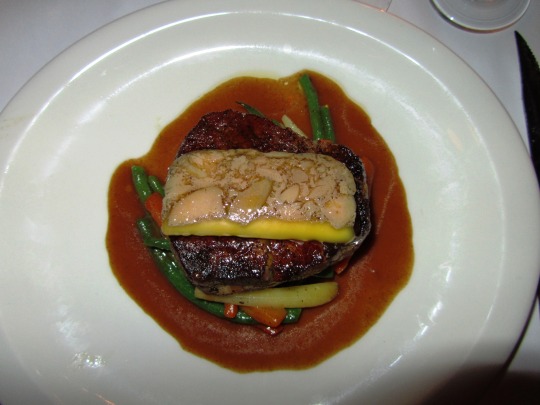

Bean Day
Beans are a common food around the globe and for good reason: they’re rich in fiber, protein, and can be delicious. You might think of beans only as an ingredient in chili con carne or baked beans, but they’re not limited to these applications – in Japan, for instance, red beans are commonly used in desserts.
There are also various Chinese sweets that also incorporate either red beans or mung beans. That, of course, excludes things like soya beans which are used both fresh (as edamame) as well as in various sauces and condiments ranging from soya sauce to miso and various fermented condiments found throughout southeast Asia and northeast India.
Tempeh and tofu are also made from soya bean and that just goes to show how versatile and essential beans are to various cuisines worldwide. So whether you’re indulging in a nice steamy bowl of chili or a Japanese sweet, there are numerous ways to celebrate humble beans.
History of Bean Day
The day commemorates the death of the geneticist Gregor Mendel, whose experiments with breeding pea plants formed the basis of modern genetics. From what we could find, it would appear that Paula Bowen is the creator of Bean Day.
Her main reasons were that there aren’t many holidays to celebrate around the time that Bean Day has typically been celebrated. Plus she thought that the world needed a day to honor Mr. Bean. Her father was a pinto bean farmer, so she’s pretty familiar with beans in general and no doubt was raised on them. Beans are also healthy and common in many cuisines throughout the world, so we’re not at all surprised that there’s a day dedicated to their celebration.
Electronic greeting card websites seem to have a lot of references to Bean Day, but we’re not sure if it actually means that e-card companies actually invented Bean Day or if they’ve just been the most effective at capitalizing on it. Small matter though – if you hate beans and don’t want to have anything to do with them on Bean Day, you can still send greeting cards to your friends to mark the occasion. Some people think that it’s actually called ‘National Bean Day’, but there’s no congressional record nor any presidential proclamation for such a day. So it’s safe to assume that it’s not an officially recognized occasion.
How to celebrate Bean Day
Beans are one of the most versatile food items. The best day to celebrate Bean Day would be to involve beans in all of your meals for the day, particularly in places where you wouldn’t necessarily expect them. Start the day with a traditional full English breakfast, which includes baked beans and toast among all of the other things, then have an ordinary lunch followed by red bean ice cream or red bean mochi, and for dinner prepare some meal which involves beans – chili, black beans and rice, white bean soup, North Indian rajma, or any other bean specialty.
Since we want to encourage you to celebrate Bean Day,, we’re including a bean recipe to help stir your creativity. Olan is a traditional mildly-spiced vegetarian curry that comes from the south Indian state of Kerala and it includes not just beans but also coconut milk and pumpkin. You could have it on its own with rice or even rotis, but it’s equally delicious as part of a larger meal. So here’s the recipe, it’s actually really simple to make:
½ cup dried red cowpeas (or any other red beans – there’s no reason why you couldn’t use kidney beans), soaked overnight in water
3 cups thin coconut milk
½ cup thick coconut milk
2 green chilies, slit
¼ teaspoon ground cumin
1 teaspoon salt
2 cups pumpkin, cut into ½ inch cubes
1 teaspoon oil
½ teaspoon mustard seeds
6 sliced shallots
6 curry leaves (you can find them in an Indian grocer, or if you can’t just leave them out if you have to)
Cook the beans in the thin coconut milk with green chillies, cumin, and salt in a medium saucepan for 25-30 minutes (until they’re soft). Add the pumpkin and cook for another five minutes, then stir in the thick coconut milk, remove from heat, and keep aside. Heat the oil in a small skillet and add the mustard seeds. When they start to pop, sputter, and fly all over your kitchen, add the shallots and curry leaves. Fry until they’re light brown. Stir in the seasoned oil with the pumpkin-bean curry and it’s ready to eat. Happy Bean Day!
Source
#Bean Day#BeanDay#6 January#Tempura Fried Green Beans#food#USA#original photography#restaurant#street food#travel#vacation#chili#Nihonmachi Special#Jaime-Style Wet Burrito#Chicken Tostados#Edamame#Tournedos Rossini#Chicken Souvlaki#Canada#Chuletas de Cerdo al Key Lime
1 note
·
View note
Photo

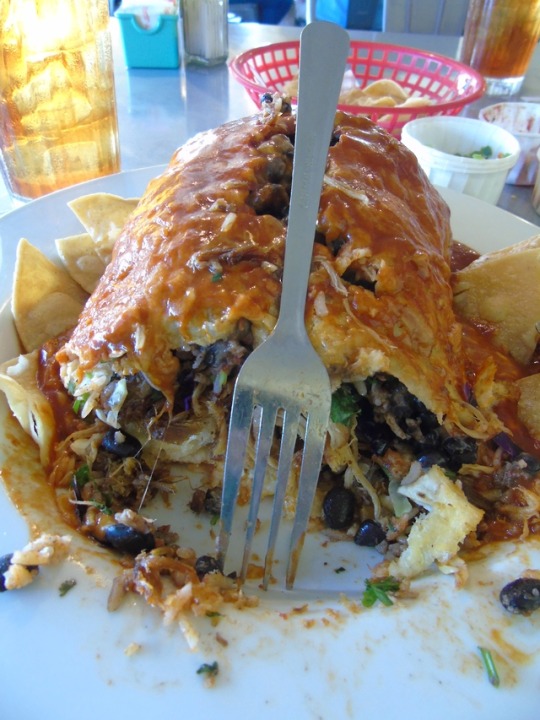
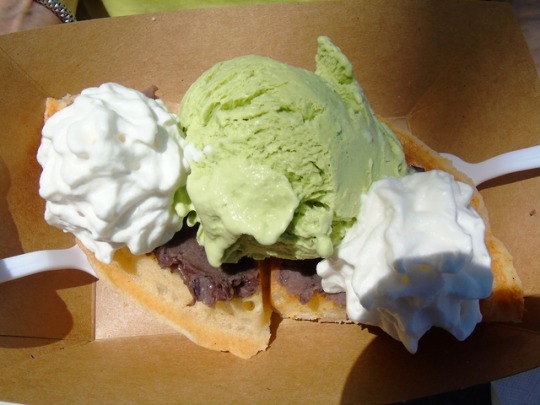

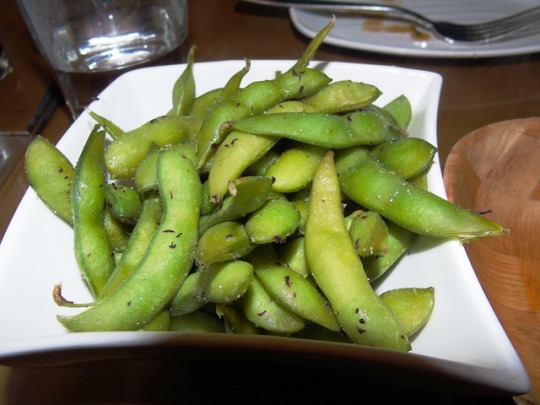
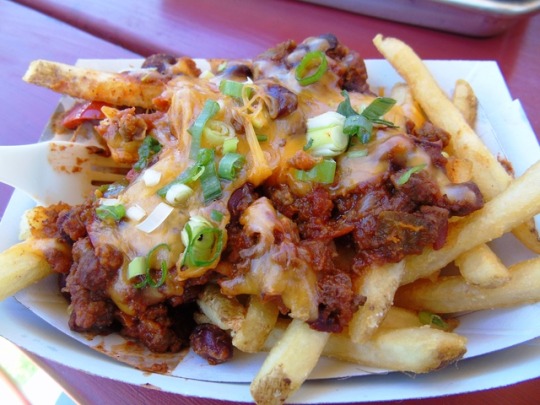
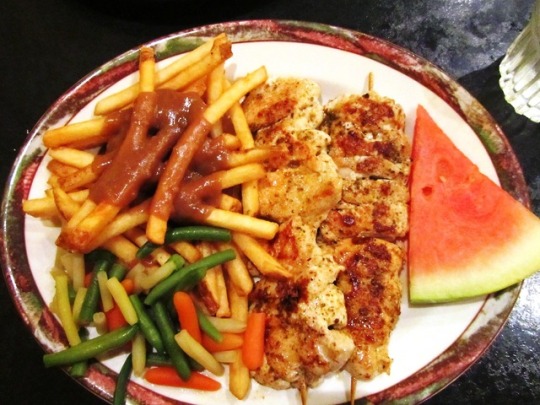
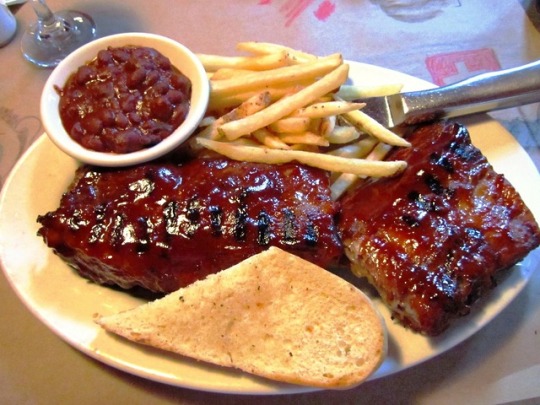

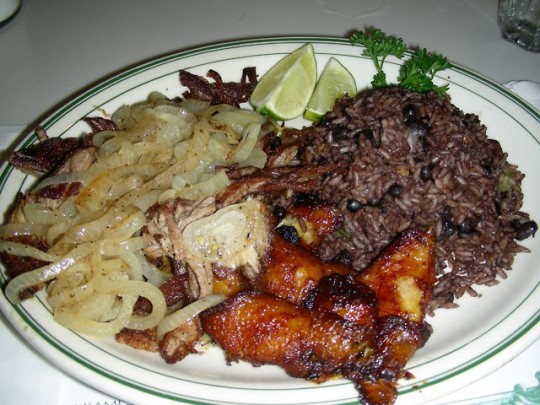
National Eat Your Beans Day
National Eat Your Beans Day is observed every year on July 3. National Eat Your Beans Day marks the importance of eating healthy food and celebrates beans of all shapes, sizes, and colors. Bean is considered as a cheap yet nutrition filled pulse. It also plays a significant role in the diet of vegetarians as they have high protein and low fat. Bean is a type of legume that is cultivated and consumed over an extended period of time. The popular varieties of beans are soybeans, lima beans, pinto beans, green beans, black beans, white beans, kidney beans, chickpeas, pinto, garbanzo, lentils, and black-eyed peas. The Beans contain a high amount of soluble fiber, protein, carbohydrates, folate, vitamin A, calcium, potassium, and iron. Beans are widely grown in North Dakota, Michigan, and Nebraska in the US. Adding beans to the regular diet will help oneself in keeping their heart healthy and lite. USDA recommends all the adults to eat a minimum of three cups of beans every week. There are around 4000 varieties of beans in the world and only a fraction that is used for consumption. This day is remainder for everyone to include more beans in their diet.
“Three of the most beneficial, longevity promoting anti-cancer foods are green vegetables, beans, and onions.” – Joel Fuhrman
History of National Eat Your Beans Day
The founder and the reason for the creation of National Eat Your Beans Day is unknown. The creator must have created this day to encourage people to take more of beans in their daily diet. Beans are one of the plants cultivated for most extended history. In Thailand, there are beans which had occurred naturally and are improved and grown since the early seventh millennium BCE. The genus Phaseolus is a typical kind of bean which is eaten fresh or dried, comes initially from America. Beans are popular from old history and are considered as a rich source of protein.
How to celebrate National Eat Your Beans Day
National Eat Your Beans Day is celebrated by trying out different kinds of beans that are new to you. Bean plants are easy to grow and just takes 60 days to attain harvest period, so give an attempt on growing bean plants. You can also dig into some yummy recipes and make a dish using beans. On this day you can either consume or purchase any beans or bean-based products. Beans are so versatile, there are many innovative ways to add them to your diets. One can even use them in desserts.
Source
#National Eat Your Beans Day#NationalEatYourBeansDay#3 July#restaurant#Tempura Fried Green Beans#vegetables#street food#USA#Canada#travel#summer vacation#original photography#Nihonmachi Special#Jaime-Style Wet Burrito#Edamame#Tournedos Rossini#Chili Cheese Fries#Chicken Souvlaki#Baby Back Ribs#Chuletas de Cerdo al Key Lime
1 note
·
View note
Photo



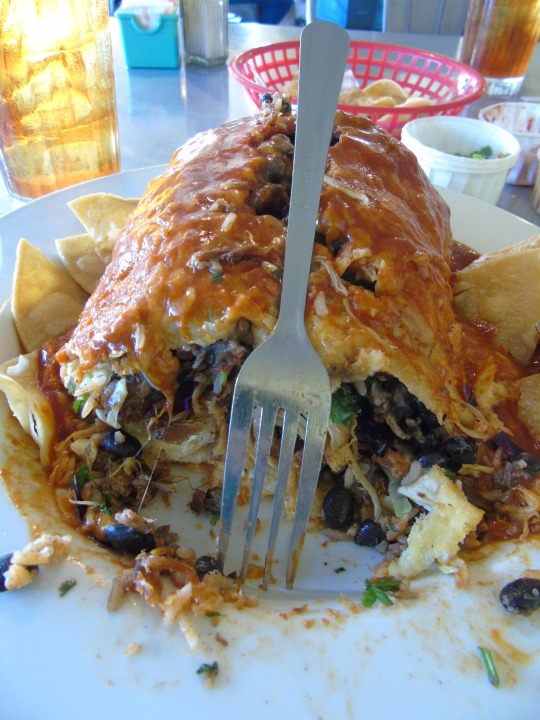

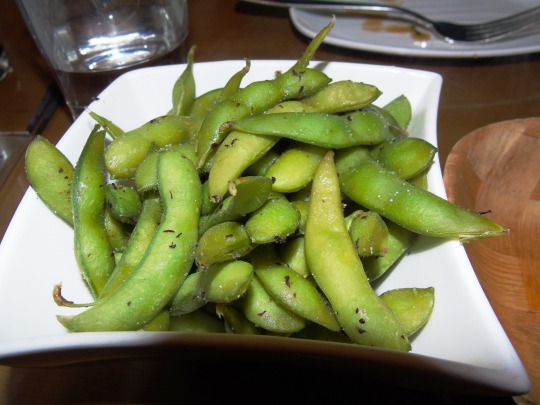

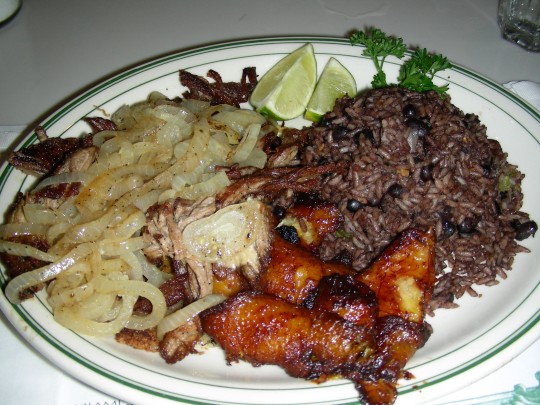

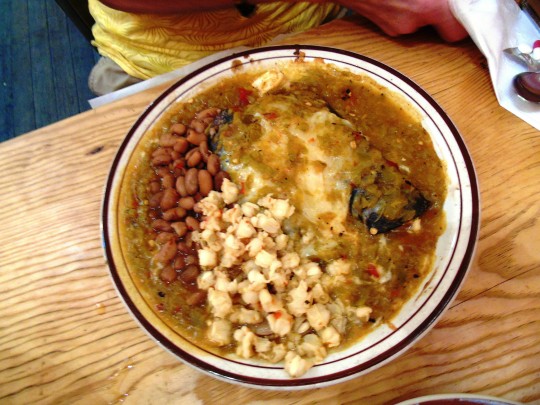
Bean Day
Beans are a common food around the globe and for good reason: they’re rich in fiber, protein, and can be delicious. You might think of beans only as an ingredient in chili con carne or baked beans, but they’re not limited to these applications – in Japan, for instance, red beans are commonly used in desserts.
There are also various Chinese sweets that also incorporate either red beans or mung beans. That, of course, excludes things like soya beans which are used both fresh (as edamame) as well as in various sauces and condiments ranging from soya sauce to miso and various fermented condiments found throughout southeast Asia and northeast India.
Tempeh and tofu are also made from soya bean and that just goes to show how versatile and essential beans are to various cuisines worldwide. So whether you’re indulging in a nice steamy bowl of chili or a Japanese sweet, there are numerous ways to celebrate humble beans.
History of Bean Day
The day commemorates the death of the geneticist Gregor Mendel, whose experiments with breeding pea plants formed the basis of modern genetics. From what we could find, it would appear that Paula Bowen is the creator of Bean Day.
Her main reasons were that there aren’t many holidays to celebrate around the time that Bean Day has typically been celebrated. Plus she thought that the world needed a day to honor Mr. Bean. Her father was a pinto bean farmer, so she’s pretty familiar with beans in general and no doubt was raised on them. Beans are also healthy and common in many cuisines throughout the world, so we’re not at all surprised that there’s a day dedicated to their celebration.
Electronic greeting card websites seem to have a lot of references to Bean Day, but we’re not sure if it actually means that e-card companies actually invented Bean Day or if they’ve just been the most effective at capitalizing on it. Small matter though – if you hate beans and don’t want to have anything to do with them on Bean Day, you can still send greeting cards to your friends to mark the occasion. Some people think that it’s actually called ‘National Bean Day’, but there’s no congressional record nor any presidential proclamation for such a day. So it’s safe to assume that it’s not an officially recognized occasion.
How to celebrate Bean Day
Beans are one of the most versatile food items. The best day to celebrate Bean Day would be to involve beans in all of your meals for the day, particularly in places where you wouldn’t necessarily expect them. Start the day with a traditional full English breakfast, which includes baked beans and toast among all of the other things, then have an ordinary lunch followed by red bean ice cream or red bean mochi, and for dinner prepare some meal which involves beans – chili, black beans and rice, white bean soup, North Indian rajma, or any other bean specialty.
Since we want to encourage you to celebrate Bean Day,, we’re including a bean recipe to help stir your creativity. Olan is a traditional mildly-spiced vegetarian curry that comes from the south Indian state of Kerala and it includes not just beans but also coconut milk and pumpkin. You could have it on its own with rice or even rotis, but it’s equally delicious as part of a larger meal. So here’s the recipe, it’s actually really simple to make:
½ cup dried red cowpeas (or any other red beans – there’s no reason why you couldn’t use kidney beans), soaked overnight in water
3 cups thin coconut milk
½ cup thick coconut milk
2 green chilies, slit
¼ teaspoon ground cumin
1 teaspoon salt
2 cups pumpkin, cut into ½ inch cubes
1 teaspoon oil
½ teaspoon mustard seeds
6 sliced shallots
6 curry leaves (you can find them in an Indian grocer, or if you can’t just leave them out if you have to)
Cook the beans in the thin coconut milk with green chillies, cumin, and salt in a medium saucepan for 25-30 minutes (until they’re soft). Add the pumpkin and cook for another five minutes, then stir in the thick coconut milk, remove from heat, and keep aside. Heat the oil in a small skillet and add the mustard seeds. When they start to pop, sputter, and fly all over your kitchen, add the shallots and curry leaves. Fry until they’re light brown. Stir in the seasoned oil with the pumpkin-bean curry and it’s ready to eat. Happy Bean Day!
Source
#Tempura Fried Green Beans#Bean Day#BeanDay#6 January#food#USA#Brix Restaurant and Gardens#original photography#Texas Roadhouse Chili#Jaime-Style Wet Burrito#Nihonmachi Special#street food#Edamame#Canada#Tournedos Rossini#Chuletas de Cerdo al Key Lime#Chicken Souvlaki#travel#summer vacation#national day
0 notes